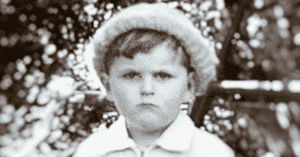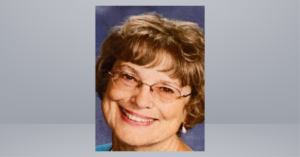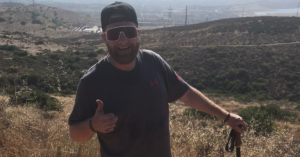
Step into the world of Mary Hogan, where genealogy goes far beyond a mere hobby and leads to learning about a pervasive genetic disorder called SCA27B.
A Family Affected - The "Darby Glide"
Many of us have logged onto Ancestry.com and tinkered around for a few hours. We’ve seen the little green leaf appear to signify a potential familial connection and we become amateur genealogists, looking back through our family trees for a few generations.
But for Mary Hogan, genealogy is more than a passing hobby. It has been a lifeline to discovering others who have the same rare mutation of the gene that causes Ataxia SCA27, a type of Ataxia that is pervasive in her family.
“My great grandmother lived to be almost 100 years old, and we visited her every year when I was growing up. At that time, she was bedridden and I knew she had Ataxia,” she recalls. “And then later, I remember when my grandfather and his brother started showing symptoms, too.”
In Mary’s family, Ataxia presents through coordination challenges, slurred speech, and a drifting gait. “We always called it the Darby Glide,” Mary recalls – a family nickname that pays homage to a common last name in her family as well as the drifting walking style that so many in her family experience in their middle age.
With more than 50% of her family members exhibiting symptoms of Ataxia, Mary has been familiar with the disorder from a young age. As a child, she understood the genetic nature of the disease – and she also understood how her family was helping to bring about understanding of the disease as well.
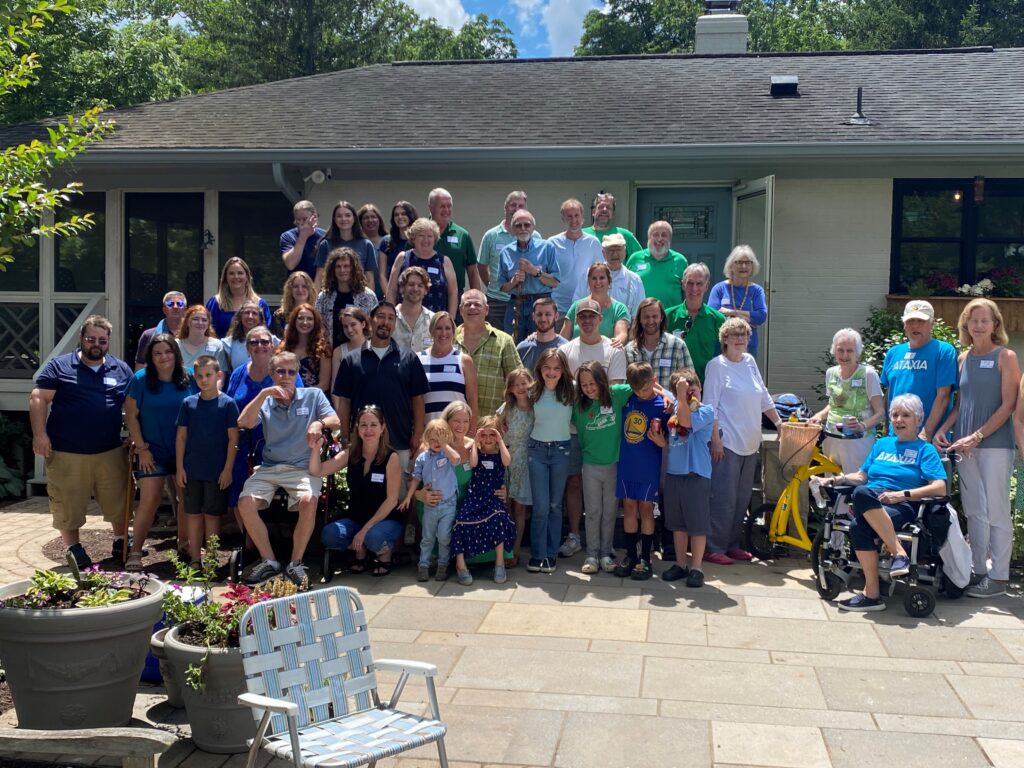
Legacy of Research
In the 1980’s, Mary’s grandfather and his brother were seeing a neurologist at Johns Hopkins, who referred them to a study at the National Institute of Health (NIH).
And so began another family legacy – participating in research studies.
“When I was in high school, I remember my mother going for the testing and basic studies. At that point, there was very little they could do as far as genetic testing,” Mary remembers.
But her family appreciated the importance of Ataxia research and continued to sign up for studies – participating in the tests and donating samples that are still preserved in NIH’s basement, decades later.
Unearthing Ataxia within the Family Tree
In 2007, Mary’s immediate family was placed into a genetic study at Johns Hopkins. In addition to her parents, uncles and cousins, a few second cousins also joined.
“I remember the neurologist saying, ‘Can you get me more people?’,” she recalls. “And that’s when I got into genealogy.”
Armed with her grandfather’s genealogy notes and her Ancestry.com account, Mary began spending countless hours researching her lineage. “I started going down all the different family trees he had made and connecting it to Ancestry.com. I would then follow their family tree and try to track them down in the current day – that’s definitely the hard part,” she explains.
“I started making cold calls – just calling people I’ve never met – and saying, ‘Hi, my name is Mary. Does anybody in your family walk funny?’ It was a hard intro, but the conversations I had with people were amazing.”
She’s discovered common ancestors across the country, many of whom had documented Ataxia in one form or another – whether letters to loved ones describing symptoms or medical records.
“Going back, the first ancestor that we actually know had documented Ataxia was born in 1777,” Mary shares.
Yes, 1777 – as in the year after the Declaration of Independence was signed.
She’s made countless connections over the years, and her outreach has helped people better understand their own family histories. She’s also recruited participants for Ataxia studies. Today, some of Mary’s fourth and fifth cousins are participating in University of Michigan studies, in great part due to her passion and persistence.
(As a note – if you’re following along on a family tree, fifth cousins means you’re going back six generations to find a common ancestor – your great-great-great-great-great grandparent.)
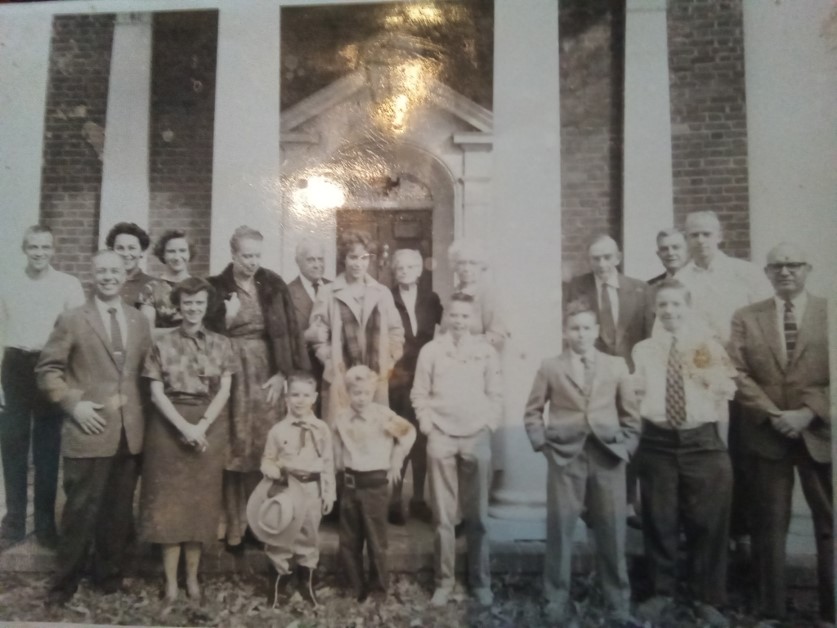
Unveiling the Mystery: Discovery of SCA27B
All that commitment is paying off.
Just a few months ago, 30 members of Mary’s family virtually met with a neurologist and geneticist to discuss a recent discovery. “We had just found out what our mutation is, and we all wanted to talk about it,” Mary says.
The family members had signed up for the same genetic trial, and that was when they learned their type of Ataxia, SCA27B, was caused by a repeat expansion of GAA in the intron, or the non-coding part, of the FGF14 gene.
Mary, who has received degrees in biochemistry, molecular biology, public health, and nutrition, sees her role as a bridge between the research and the people impacted by Ataxia.
“I’ve thoroughly enjoyed figuring out my own ancestry,” Mary says. “And when you bring it to the present day, it’s about helping people and being an advocate. With my particular background, I understand the science side of it, and I get excited about learning how it all works. So I’m in a great position to be an advocate between my family and the researchers and geneticists.”
Looking Ahead: Slowing Progression and Improving Lives
Mary sees today as an exciting time to be part of this cutting-edge research. She recognizes that with each generation, the spread of Ataxia just grows.
“Ataxia is not going anywhere in our family tree. So if there’s a treatment we can start on the early side – something to slow progression, minimize symptoms, or make life more liveable, that’s fantastic,” she shares.
Thanks to the amount of data the scientists have collected over the years, they are now working on developing a test to determine if an individual is positive for the mutation that’s been causing Ataxia in Mary’s family. The genetic test for SCA27B is now available through University of Chicago. Information on how to be tested can be found at www.sca27b.org/genetic-testing.
In the meantime, Mary will continue her work to bridge the gap between science and people, in the hope that one day, she’ll see treatment that can slow progression and make life more liveable for her family.
“People need an advocate. My family thought we were alone in this. We thought we were this one special family that couldn’t walk,” Mary remembers.
Over the years, as they’ve gotten more involved with research and in turn, more involved with the National Ataxia Foundation, Mary’s family has realized they’re not alone at all.
“NAF is wonderful because they’ve brought together all these families who feel the same way,” Mary says.
“And now, we’re connected to all these other people who feel the same way we do. People who understand.”
About SCA27B Ataxia Foundation
Mary recently founded an organization devoted to serving the SCA27B community at sca27b.org. A private SCA27B discussion group can also be found at facebook.com/groups/1637266000066894/.
Read Other Member Stories
Read Our Latest Blogs
Accessible Activities in Florida
Are you traveling somewhere? Don’t assume that an activity isn’t accessible! Jessica, who has Ataxia and uses a wheelchair, traveled to the Florida Keys with her parents in June 2023. Read More…
Intro to Centers for Independent Living
According to the National Council on Independent Living, Centers for Independent Living (or CILs) are community-based, cross-disability, non-profit organizations that are designed and operated by people with disabilities. Kory Macy, Read More…
2024 NAF Research Grants
NAF Awarded a Record Number of Projects in 2024 18 Studies Funded Totaling $845k Funded! We had our most competitive year ever for Ataxia research grant applications! As a result Read More…


